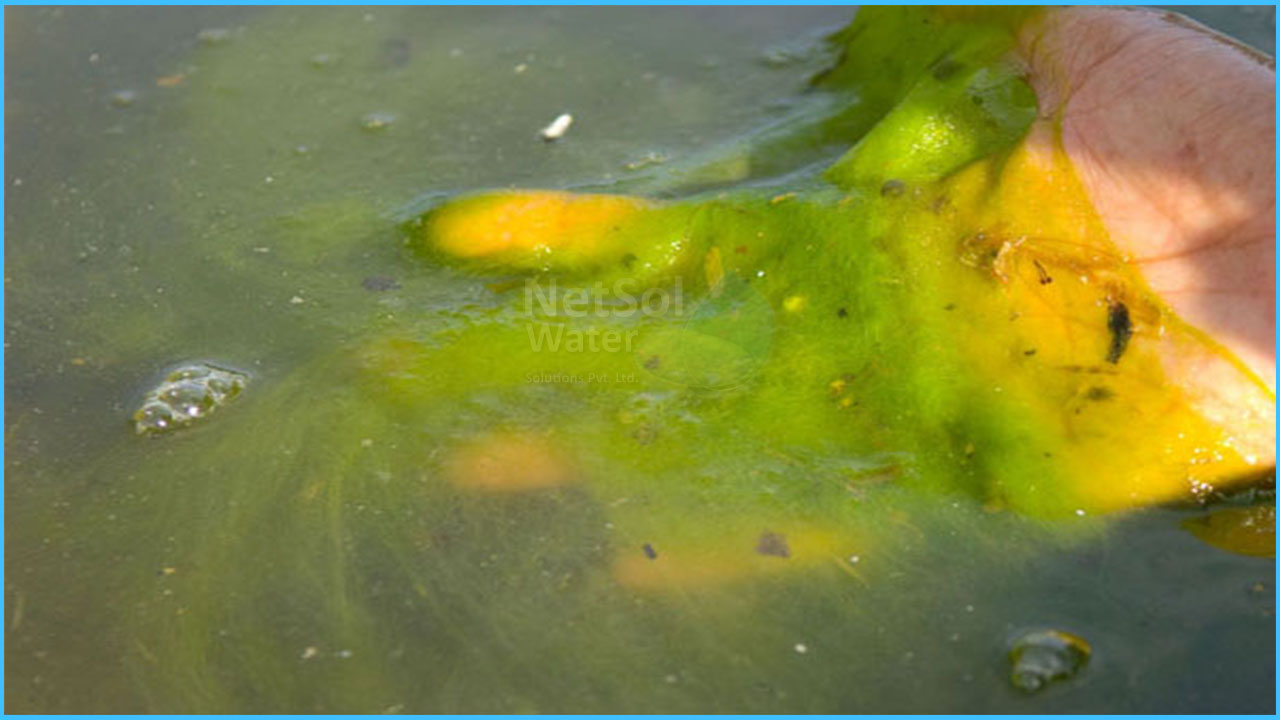The process by which an entire body of water, or parts of it, gradually become enriched with minerals and nutrients is known as Eutrophication.
“It is also referred to as a "nutrient-induced increase in phytoplankton productivity."
Excessive plant and algal growth caused by an increase in the availability of one or more limiting growth factors required for photosynthesis is referred to as Eutrophication.
Causes Of Eutrophication
-
1. Consumption of Fertilizers:
Because of their reliance on nitrate and phosphate fertilisers, humans are primarily responsible for eutrophication. Agricultural practises and the use of fertilisers on lawns, golf courses, and other fields contribute to phosphate and nitrate nutrient accumulation.
-
2. Industrial and Sewage Discharge:
In some parts of the world, particularly in developing countries, sewage water is discharged directly into bodies of water such as rivers, lakes, and oceans which results in introducing large amounts of chemical nutrients, stimulating the dense growth of algal blooms and other aquatic plants, endangering aquatic life in a variety of ways.
-
3. Aquiculture Practices:
Aquiculture is the practise of growing shellfish, fish, and even aquatic plants in nutrient-rich water. If aquiculture is not properly managed, unconsumed food particles and fish excretion can significantly increase nitrogen and phosphorous levels in the water, resulting in eutrophication.
-
4. Natural Events:
Floods and the natural flow of rivers and streams can also wash excess nutrients from the land into water systems, causing eutrophication.
Effects Of Eutrophication
- 1. Danger on Aquatic Life Forms:
Eutrophication causes algal blooms to grow explosively, limiting the amount of dissolved oxygen available for respiration by other animal and plant species in the water. When the dissolved oxygen level reaches hypoxic levels, the aquatic animal and plant species suffocate to death. As a result, aquatic life is at risk.
- 2. Richness of Unwanted Substances:
Eutrophication causes an abundance of particulate substances, which increases inorganic chemicals such as ammonia, nitrites, hydrogen sulphide, and others, which induce the formation of harmful substances such as nitrosamines, which are suspected of being genotoxic in drinking water treatment plants.
- 3. Degradation of Recreational Opportunities:
The main cause of eutrophication is algal blooms and other aquatic plants, which reduce transparency and navigation in the water, reducing the recreational values and opportunities of lakes, particularly for boating and swimming.
- 4. Limited Access to Safe Drinking Water:
High levels of organic substances in the water cause disagreeable odours or tastes that are only marginally maskable by chlorination when used as drinking water.
These substances combine to form complex chemical compounds that not only obstruct normal purification processes but also become deposited on the walls of water purifier inlet tubes, accelerating corrosion and limiting flow rate.
- 5. Poisoning for Human Health:
The cyanobacteria, also known as dinoflagellates, that cause red tide release extremely potent toxins with high poison levels in the water even at very low concentrations. The anaerobic conditions created by the explosive plant growth in the water double the toxic compounds.
When ingested in drinking water, it can cause death in humans and animals even at low concentrations. Furthermore, freshwater algal blooms can endanger livestock health.
Conclusions
Despite significant improvements in water quality as a result of large-scale efforts to reduce nutrient enrichment (e.g., the Clean Water and Safe Drinking Water Acts of the 1970s), cultural eutrophication and associated HABs remain the leading cause of water pollution for many freshwater and coastal marine ecosystems, and are a rapidly growing problem in the developing world.
Given the expected increase in demand for freshwater resources, protecting diminishing water resources has become one of the most pressing environmental issues, and it is likely to become more complicated as climate change, species invasions, and pollution further degrade water quality and quantity.Controlling and managing cultural eutrophication is a complex issue that will necessarily require the collaboration of scientists, policymakers, and citizens to reduce nutrient inputs, develop effective, long-term biomanipulation techniques, and eventually restore aquatic communities.



